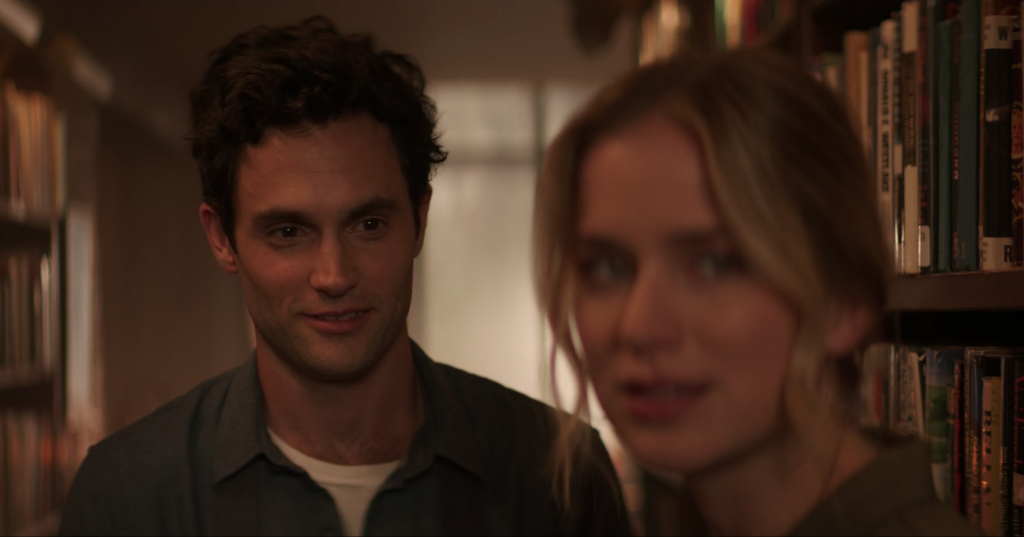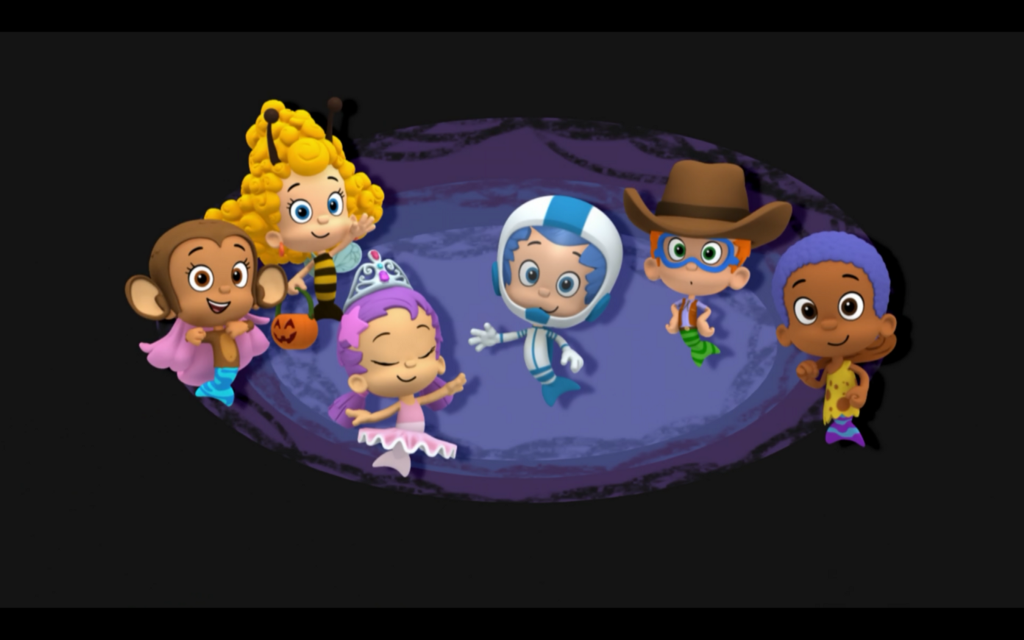Books & Culture
‘Sharp Objects’ Shows How Language Can Become a Wound
The HBO show and Gillian Flynn’s novel both question the power of words to help deal with trauma

Vanish. That’s the title of the first episode of HBO’s adaptation of Gillian Flynn’s novel Sharp Objects. It is also, as Flynn tells us in her book, the last word Camille Preaker (played in the limited series by Amy Adams) ever carved on her body.
The fact that Preaker, a reporter tasked with writing up a story about a recent murder in her hometown, is a cutter is revealed to us in the final moments of the episode. As the rarely sober Camille preps a bath, we finally see why she prefers long sleeves even hot and humid Wind Gap, Missouri — and why her mother Adora (Patricia Clarkson) is so wary of her being near those sharp objects of the show’s title. Her body is covered in scratched and scarred words: “Definitely.” “Omen.” “Dark.” “Mother.” They adorn her arms, her legs, her back — every possible surface except her face. Camille may well want to vanish, but it’s clear from the start that Flynn’s tale is about the way you cannot escape what’s written on your body, the stories it holds and hides. Novel and series alike, in making that point as literal as possible, force those of us reading and watching to question the liberating power of language when it comes to dealing with trauma.
Flynn’s tale is about the way you cannot escape what’s written on your body, the stories it holds and hides.
“All I know is that the cutting made me feel safe,” Camille tells us in the first-person narration of Flynn’s novel. “It was proof. Thoughts and words, captured where I could see them and track them. The truth, stinging, on my skin, in a freakish shorthand.” Her compulsion to wound herself with words literalizes the way we’re taught to understand language: as both weapon and lifesaver. The way to overcome trauma — like, say, Camille’s loss of her sister Marian when they were young — is to put it into words. But Marian’s death merely deepened the hushed silence that had fallen over Adora’s sprawling house, leaving Camille to deal with her pain on her own.
Rather than lash out and hurt others, the tomboy-turned-town-sweetheart directed her anger at herself, turning those words into weapons that would presumably save her from her grief. The compulsion to write down words that bristled within her skin predated her sister’s loss: “I was nine and copying, with a thick polka-dot pencil, the entire Little House on the Prairie series word by word into spiral notebooks with glowing green covers,” she confesses, while later writing down everything everyone said in a tiny blue notepad. But she carved her first word (“wicked”) with a kitchen knife when Marian was already gone. Yet the safety that she found in those cuts came from the desire to mark herself, to own the words that buzzed in her head and threatened to undo her: self-harm as self-containment. In lieu of cutting (we learned she eventually got treatment at an institution and has not cut herself since), it makes sense she now dulls her senses with alcohol, another way of silencing that voice that compels her to make herself into a palimpsestuous canvas. “I called myself sweetheart,” she informs us. “I wanted to cut: Sugar flared on my thigh, nasty burned near my knee. I wanted to slice barren into my skin. That’s how I’d stay, my insides unused. Empty and pristine. I pictured my pelvis split open, to reveal a tidy hollow, like the nest of a vanished animal.”
There’s that word again: vanish. She’d scarred herself with it so as to quiet the others around her. “Vanish will banish my woes,” she sing-songs to herself at one point in the novel, “Vanish will banish my troubles.” The prospect of disappearing haunts Camille wherever she goes. The more she digs into the case of these murdered girls — both of whom disappeared seemingly in plain sight — the more she muses on what it might mean to vanish herself. Untethered from her work family over in Saint Louis (or Chicago, as it is in the book), her editor playing the role of hardened but loving father, and disengaged from her family in Wind Gap, her mother as much a haunted woman as she ever was, she careens through her daily life with an aloofness that constantly risks undoing her. She falls asleep, drunk, in her car listening to music, and awakes disoriented about where she is; she drowns out the world around her while taking a bath by reaching for her ever-handy headphones; she turns party-sized booze bottles and vending machine candy into her daily diet.
Whenever Camille is forced to be present — like when she interviews the town’s sheriff, the grieving father of one of the murdered girls, or the Kansas city detective who’s been brought down to help — she retreats into scripted, hollow words. Small talk, she bemoans, is not really her thing. Even her stilted interactions with her mother show that they never did learn how to communicate with one another; Adora had always required a malleable little doll and Camille proved to be much too unruly for such a role. Using and dulling her pain with razors and liquor becomes a way to anchor herself. “I’m here,” she says to herself in the novel, “and it felt shockingly comforting, those words.” She continues: “When I’m panicked, I say them aloud to myself. I’m here. I don’t usually feel that I am. I feel like a warm gust of wind could exhale my way and I’d be disappeared forever, not even a sliver of fingernail left behind. On some days, I find this thought calming; on others it chills me.” It chills readers and viewers alike for Camille’s near-deathwish cannot be extricated from both the physical violence she’s done to herself and the nauseating violence done to those vanished girls whose stories she is now telling.
Here’s where the show’s visual storytelling picks up Flynn’s nightmarish undertones and uses them to create the flickering, glazed feel that defines director Jean-Marc Vallée’s approach. On the screen, Sharp Objects aims to put audiences in a constantly dazed state. The first episode may lay out the central plot elements that will drive this neo-noir Southern Gothic whodunnit, but it privileges wordless scenes that do more to disorient than to guide you. Take its opening sequence where a pair of young girls (a teenage Camille and her younger sister Marian) rollerblade through Wind Gap, giggling all the way, before running up the lush green lawn that leads to their house where they hope their mother won’t notice them. As the make their way up the stairs they end up walking in on Camille’s current Saint Louis apartment and waking her with a pinch of a needle. You begin with a fairy tale set-up (two little girls wandering into an empty house in the middle of the forest) and end with a twist on an old favorite (Sleeping Beauty awakened not by a kiss but by a prick). Myth and memory immediately collide.
These ghostly words that flutter around and on Camille suggest that language itself can be a prison.
Camille’s hazy and groggy memories constantly seep into the show’s visual landscape, blending past and present, reality and daydreams, flashbacks and possibilities. In fact, the screen, in Vallée’s hands, begins to mirror Camille’s penchant for cutting commentary. In the show’s second episode, as the town grapples with the murder of yet another young girl, we not only get to witness the cringe-worthy moment when Flynn’s protagonist finally gets her hand on a needle; we also see words keep appearing near her in ways that suggest they’re only there for our benefit. At one point, as she exits the car to go to the home of the grieving family following the funeral, we see “SCARED” scratched on her car door. Later, when she drives off and opts to roam around the mostly-empty playgrounds by the woods, the word has changed: “SACRED,” it reads. And when Amma, her teenage half-sister (Eliza Scanlen), shows her the lavish dollhouse she’s been working on — an eerie replica of the gothic house they’re in — we see the word “GIRL” carved on one of the mini-paintings that hang in the upstairs hall. It’s a literal blink-and-you-miss-it moment; the camera switches to a perplexed Camille as she examines her childhood home in miniature, and the word is gone by the time the shot returns.
The ephemerality of these words, in contrast with Camille’s enduring scars, jolts us awake. If fairy tales structure Flynn’s Sharp Objects, they serve to upend the lessons those stories have taught little girls for generations. Where horror and violence get tidied up in happily-ever-afters, their clash with 21st-century true crime dramas and the Southern Gothic (Flynn’s words read like a blood-splattered Tennessee Williams play) make Camille’s story all about the permanence of trauma and the immateriality of words. These ghostly words that flutter around and on Camille suggest that language itself can be a prison. Trauma, as visualized by the show, pulses in images, never in words, and it’s unclear whether anything Camille puts into writing will ever free her from the pain she’s learned to live with. In making the leap to TV, Sharp Objects stresses just how inadequate words can be in the face of grief. It explains why Vallée (working off of Flynn’s own adaptation) so disavows dialogue in favor of music-driven storytelling. Camille’s inner torment becomes codified in the music she listens to: the loving self-destructive ire of “Ring of Fire,” the self-admonishing melancholy of “I Can’t Quit You, Baby,” the encroaching madness of “There’s A Key.” And it is in those moments, when we see Amy Adams sighing or groaning, that Flynn’s protagonist feels most present, the moments when she’s on her bed, staring up above, wishing she could do the one thing she knows she’s unable to do: just vanish.









